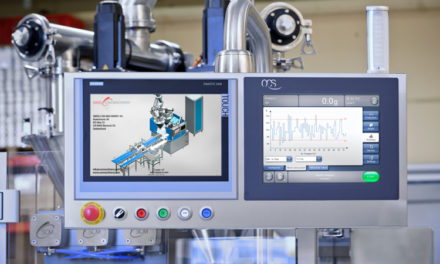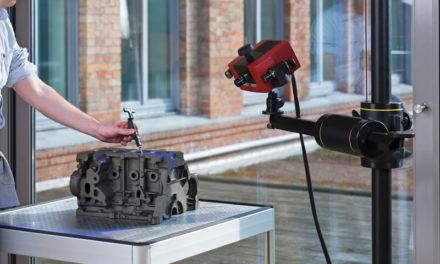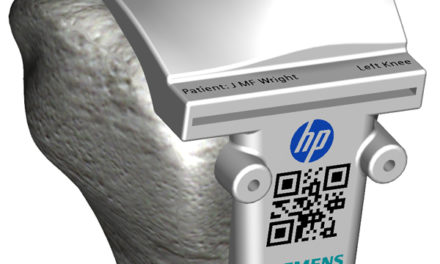
Complex simulations for hybrid vehicles with Simcenter from Siemens PLM Software
Seoul, Korea. Hyundai Motor Corporation (HMC) is Korea’s biggest automotive manufacturer with brands including Hyundai and Kia. The automaker aims to combine optimum driving enjoyment with minimal environmental impact in its cars. One of the main ways HMC achieves this is by using realistic simulations of the entire vehicle including the controls. These are generated using solutions from the Siemens PLM Software Simcenter portfolio. Not only does this approach ensure high-performance and energy-efficient vehicles, the Siemens software also allows HMC to cut the number of physical tests required by 40 percent, resulting in substantial savings in terms of engineering time and costs.
 Driving enjoyment, road safety and a minimal carbon footprint: HMC strives to achieve the ideal balance between technological advancement and low environmental impact. The world’s third biggest automaker has been developing and testing alternative drive systems to the conventional combustion engine since the end of the eighties. These include drives for all-electric vehicles as well as HEVs (Hybrid Electric Vehicles). Designing HEVs is not just about the optimum sizing of all the components to cut down on unnecessary weight. The development team also has to adjust the control algorithms to ensure optimum “collaboration” between the electric motor and the combustion engine by balancing the best possible performance with the minimum possible consumption.Because changing just one single parameter can have a dramatic and often negative impact on many others, it’s essential to keep an eye on multiple attributes simultaneously.
Driving enjoyment, road safety and a minimal carbon footprint: HMC strives to achieve the ideal balance between technological advancement and low environmental impact. The world’s third biggest automaker has been developing and testing alternative drive systems to the conventional combustion engine since the end of the eighties. These include drives for all-electric vehicles as well as HEVs (Hybrid Electric Vehicles). Designing HEVs is not just about the optimum sizing of all the components to cut down on unnecessary weight. The development team also has to adjust the control algorithms to ensure optimum “collaboration” between the electric motor and the combustion engine by balancing the best possible performance with the minimum possible consumption.Because changing just one single parameter can have a dramatic and often negative impact on many others, it’s essential to keep an eye on multiple attributes simultaneously.
 If the traditional trial-and-error approach were still in use, the process would be enormously timeconsuming. The most realistic possible simulations are the answer, and to achieve these HMC works in close cooperation with Siemens PLM Software.
If the traditional trial-and-error approach were still in use, the process would be enormously timeconsuming. The most realistic possible simulations are the answer, and to achieve these HMC works in close cooperation with Siemens PLM Software.
Complex simulations down to the last detail
Project partners Siemens PLM Software and HMC worked together on a pilot project to develop the virtual testing, validation and calibration of an HEV controller using model-based real-time simulation. The special feature of this HiL (Hardware in the Loop) platform was that in this case both driving performance and fuel consumption could be simulated and evaluated simultaneously. “HiL simulation can be a difficult balancing act. On the one hand, you have to limit the number of degrees of freedom (DOFs) so that the calculation can run in real time, but on the other hand the simulation model needs to remain sufficiently accurate so that it still produces realistic results,”explains Bang Jae-Sung, Senior Engineer at HMC. Using the Simcenter Amesim software, HMC managed to pull off this balancing act, simulating both the higher-level HEV controller and the subsystems right down to the detail. This required the dynamic  Amesim model to be systematically structured, starting with the individual components through to the complete vehicle. The test results demonstrated to HMC that it was possible to establish a close correlation between HiL simulations and real vehicle behavior, facilitating in particular the process of physical prototyping.
Amesim model to be systematically structured, starting with the individual components through to the complete vehicle. The test results demonstrated to HMC that it was possible to establish a close correlation between HiL simulations and real vehicle behavior, facilitating in particular the process of physical prototyping.
The future is digital
Using Simcenter Amesimas its implemented standard engineering process, HMC can not only tangibly improve the performance of its HEVs, but also drastically reduce both engineering time and costs. It was able to reduce the number of physical actual vehicle tests by 40 percent. Based on these results, HMC is planning to extend the scope of this methodology to a larger number of test scenarios. Generally speaking too, HMC is firmly committed to further digitalization and envisages a future marked by even greater communication between driver and vehicle, with smart vehicles capable of analyzing and anticipating the driver’s intentions, and also supplying on-the-spot information on current traffic density.






